The Plastic Rigid IBC Market is characterized by a dynamic competitive landscape, driven by increasing demand for efficient and sustainable packaging solutions across various industries, including chemicals, food and beverage, and pharmaceuticals. Key players such as Snyder Industries (US), Mauser Packaging Solutions (US), and Greif, Inc. (US) are strategically positioned to leverage innovation and operational excellence. Snyder Industries (US) focuses on enhancing its product offerings through advanced manufacturing techniques, while Mauser Packaging Solutions (US) emphasizes sustainability by integrating recycled materials into its IBC production. Greif, Inc. (US) is actively pursuing regional expansion, particularly in emerging markets, to capitalize on the growing demand for IBCs in those areas. Collectively, these strategies contribute to a competitive environment that is increasingly focused on sustainability and operational efficiency.
In terms of business tactics, companies are localizing manufacturing to reduce lead times and optimize supply chains, which is particularly crucial in a market that is moderately fragmented. This localization strategy allows companies to respond swiftly to regional demands while minimizing transportation costs. The competitive structure of the market indicates that while a few players dominate, there is still ample room for smaller companies to innovate and capture niche segments, thereby influencing the overall market dynamics.
In August 2025, Mauser Packaging Solutions (US) announced a partnership with a leading recycling firm to enhance its circular economy initiatives. This collaboration aims to increase the use of recycled materials in their IBCs, aligning with global sustainability goals. The strategic importance of this partnership lies in its potential to not only reduce environmental impact but also to position Mauser as a leader in sustainable packaging solutions, appealing to environmentally conscious consumers and businesses alike.
In September 2025, Greif, Inc. (US) launched a new line of IBCs designed specifically for the food and beverage sector, incorporating advanced safety features and compliance with stringent regulatory standards. This move is significant as it demonstrates Greif's commitment to innovation and its ability to meet the evolving needs of its customers. By focusing on specialized products, Greif is likely to enhance its market share in a competitive landscape where differentiation is key.
In October 2025, Snyder Industries (US) unveiled a state-of-the-art manufacturing facility aimed at increasing production capacity and efficiency. This facility is expected to utilize cutting-edge technology, including automation and AI-driven processes, to streamline operations. The strategic importance of this investment is profound, as it not only enhances Snyder's production capabilities but also positions the company to better meet the growing demand for IBCs in various sectors, thereby solidifying its competitive edge.
As of October 2025, the competitive trends in the Plastic Rigid IBC Market are increasingly defined by digitalization, sustainability, and the integration of advanced technologies such as AI. Strategic alliances are becoming more prevalent, as companies recognize the need to collaborate to enhance their sustainability efforts and technological capabilities. Looking ahead, competitive differentiation is likely to evolve from traditional price-based competition to a focus on innovation, technology integration, and supply chain reliability, reflecting the changing priorities of consumers and businesses in a rapidly evolving market.
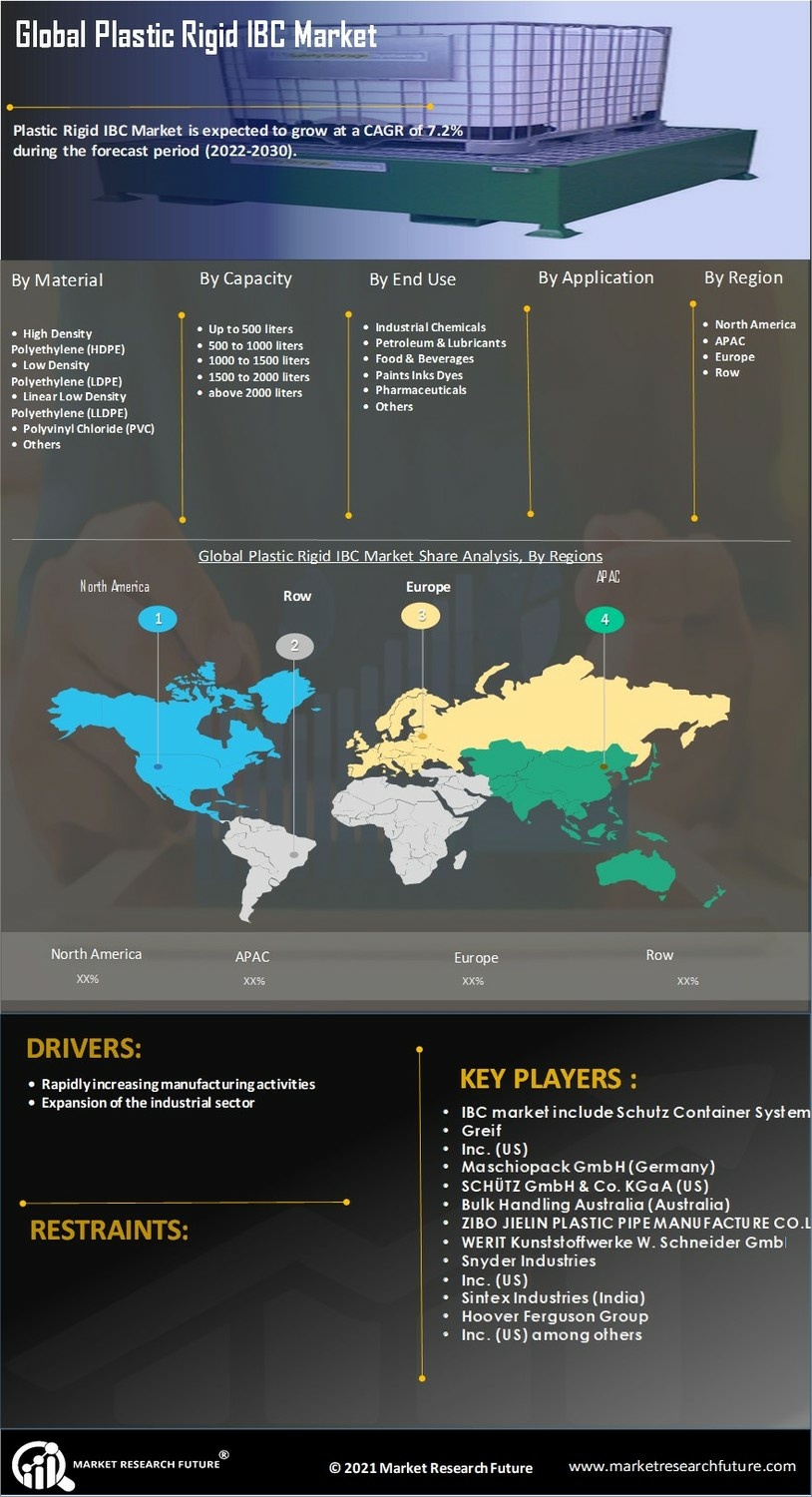

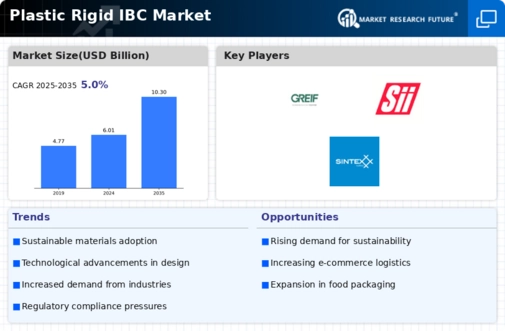
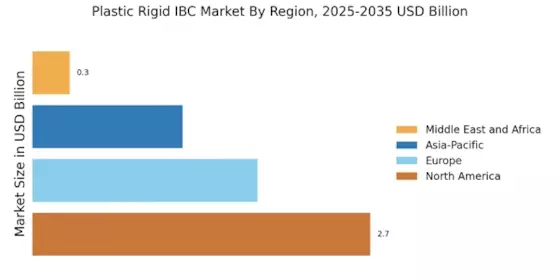

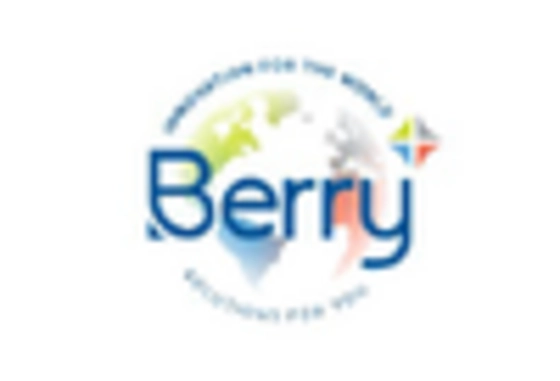


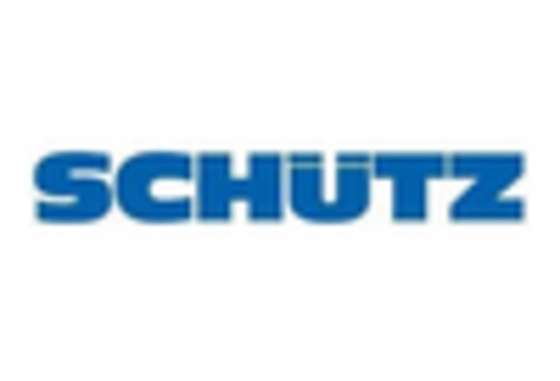
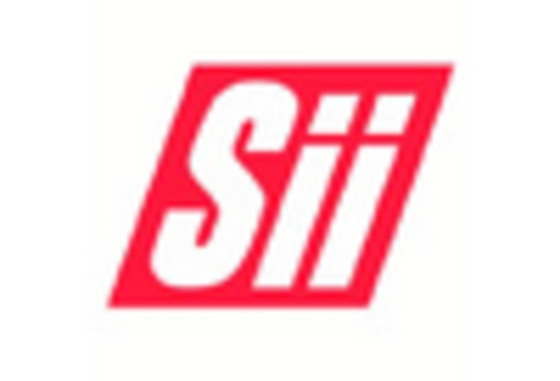








Leave a Comment